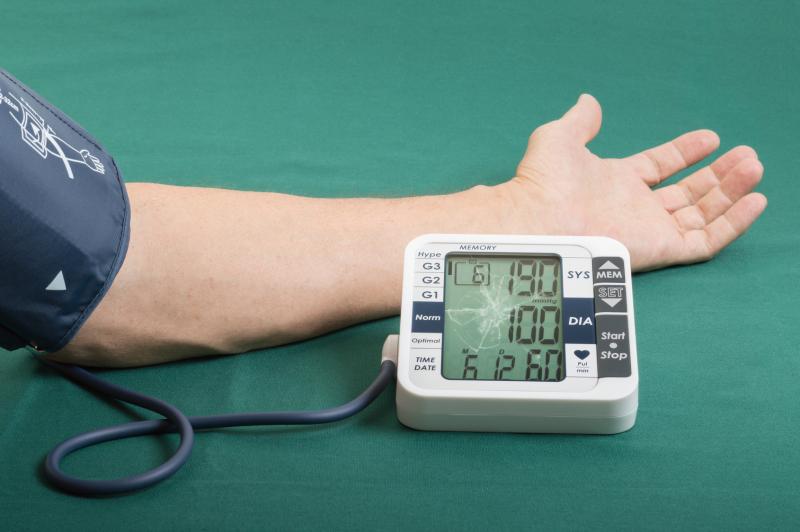 Many people are hypertensive without knowing it
Many people are hypertensive without knowing itIncident hypertension is associated with hypertriglyceridemic waist-to-height ratio (HWHtR) and its dynamic status, according to a study of rural Chinese men. HWHtR may be used as a marker for interventions aiming to lower hypertension incidence in men.
The investigators analysed data for 10,312 nonhypertensive individuals aged ≥18 years from the Rural Chinese Cohort Study at baseline examination who were followed until 2014 (median follow-up, 6 years). HWHtR was defined as the combination of triglyceride level and WHtR. The probability of incident hypertension according to HWHtR and its transformation was estimated using multiple logistic regression models.
Incident hypertension occurred in 127 men and 225 women with high triglyceride level and high WHtR (HTHWH) during follow-up. After adjusting for potential confounders, the association between HTHWH and an increased probability of hypertension was significant for men (odds ratio [OR], 1.49, 95 percent confidence interval [CI], 1.01–2.20) but not for women (OR, 1.21, 95 percent CI, 0.88–1.66).
Sensitivity analyses results were robust for both men and women. Subgroup analysis by age, body mass index, and systolic and diastolic blood pressure revealed generally consistent ORs for men.
The transformation from normal triglyceride level and normal WHtR to HTHWH correlated with a higher probability of hypertension for men (OR, 4.16, 95 percent CI, 2.21–7.84) as compared with persistent normal triglyceride level and normal WHtR. For women, however, the association between change in WHtR and hypertension was not significant for almost all transformation groups.